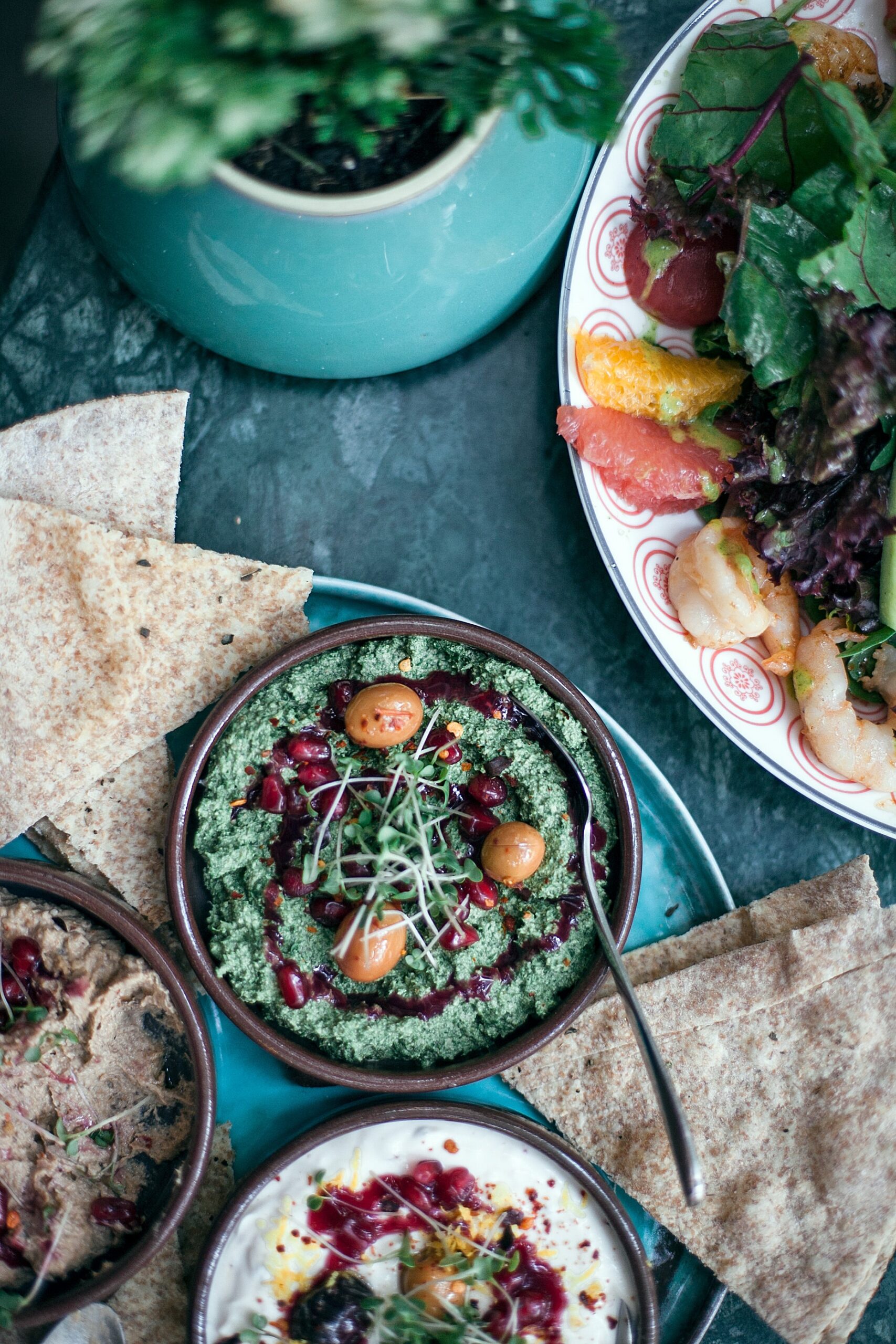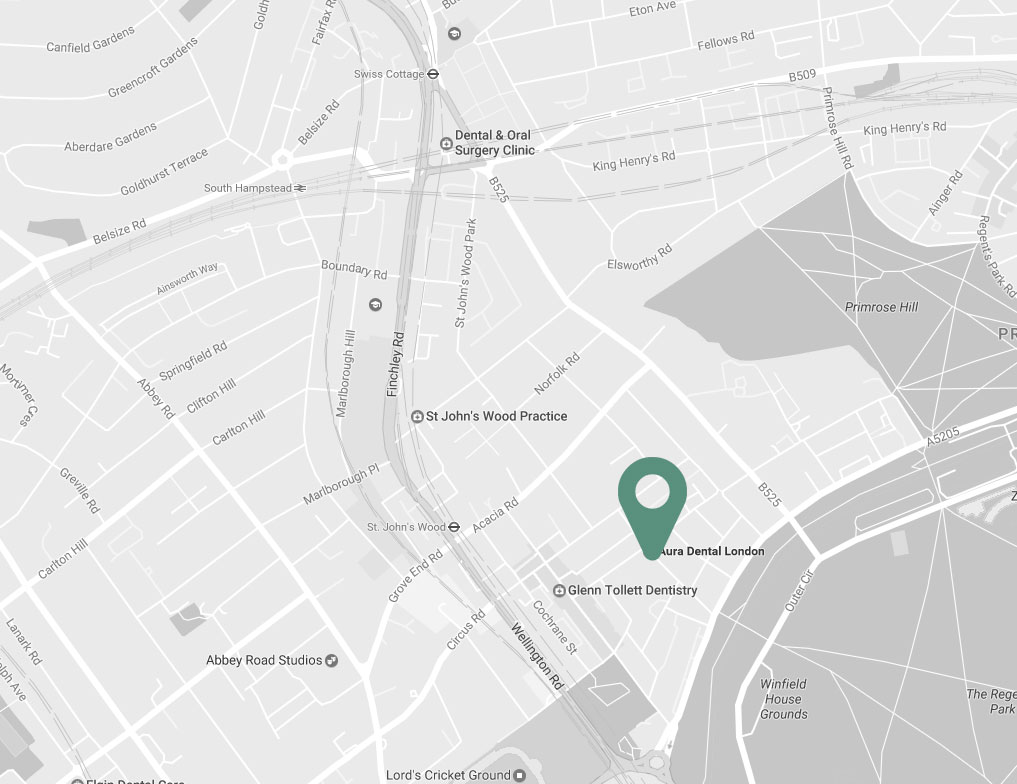
Does the perfect diet exist? Is there a one-size-fits-all diet? Is there a perfect diet for us (humans) and the planet (animals and environment) alike?

While an ideal diet is a personalised diet, there are some dietary guidelines that the closer we follow, the better we feel, look, and age, while protecting our planet in the best way. In this article, we’ll explore what these guidelines are.
This is true regardless if you are suffering from diabetes, prediabetes, metabolic syndrome, PCOS, insulin resistance or obesity. A low glycemic diet can be a Mediterranean diet, a vegan or vegetarian diet, a Paleo diet, any cultural diet and by default a keto diet. However, it can be more challenging for a vegan to be following a low glycemic diet all day, every day.
A low glycemic load diet means consuming lots of:
Pairing your carbohydrates with proteins and fats is key for a low glycemic load diet. Avoid having carbs on their own! Starting your meal off with vegetables and leaving carbohydrates for the end is a good way to ensure a low glycemic load diet.
Walking or doing household chores after your meals can prevent a postprandial blood sugar and insulin spike. Try to fast for at least 12 hours between dinner and breakfast (breakfast = break the fast) – if you are pregnant, breastfeeding, a child, have a low BMI/are underweight, or are diabetic, first speak to your healthcare practitioner.
Stay away as much as possible from most vegetable oils such as canola, sunflower, corn, soybean, safflower, and margarine, which are unfortunately ubiquitous in ready-made meals, packaged goods, and today’s Western diet in general.
Focus instead on nourishing, anti-inflammatory omega-3 fats, like nuts and seeds (raw, unsalted or home-baked/salted), nut and seed butters, cold-pressed olive oil, olives in brine (for probiotics), flaxseed oil (should be kept in the fridge or freezer), freshly ground flaxseeds, coconut unprocessed products, some avocados, and yes, even healthy saturated fats, which we need, from grass-fed and sustainably raised animals (all kinds of meat, except for pork if possible, and meat organs, coconut and cacao powder).
Plants should ideally make up 75% of your diet (three-quarters of your plate!). I love having two to three vegetable dishes per meal, cooked, raw, leafy salads, pickled or fermented and/or vegetable soups. Should be of all colours (blue, purple, green, red, orange, yellow, white or brown), ideally daily! It’s not as difficult as it seems! If you have a kid, give them a handout to mark down the colours of fruit and veg they eat daily!
Pesticides, herbicides and so on not only has tremendous effects on our bodies but also on animal health and groundwater, with devastating effects on the environment. If you can’t find or budget a 100% organic diet, have a look at the Dirty Dozen and Clean Fifteen 2023 list. You may also want to soak non-organic groceries in vinegar or organic baking soda before consuming.
Try goat or sheep products and some buffalo (or any other local types), and only as a treat – and try to buy organic.
A food intolerance test done by a certified practitioner will help you identify any sensitivities to dairy (lactose or casein). An experienced practitioner will be able to tell you whether dairy is a good option for you based on your health profile, digestive capacity and genes/origin. For example, Mediterraneans are usually less prone to sheep and goat milk product sensitivities, but they can’t tolerate cow’s milk (as Mediterranean countries offer the ideal environment for the former and not later animals).
Most gluten is from “Franken-wheat,” so look for heirloom wheat (Einkorn). If you are not gluten sensitive, then consider it an occasional treat. Again, depending on your origin you might be able to tolerate some gluten.
Wheat is very processed and genetically modified today, and I would stay clear of it. Some low-gluten grains, such as rye, barley, spelt, kamut, emmer, triticale, couscous, and so on, can be enjoyed sparingly if you are not coeliac, gluten-sensitive, and especially if you live in a country that produces them.
Eat gluten-free (or low gluten) whole grains sparingly. Too many grains can raise blood sugar and can trigger autoimmunity. If you are not sensitive to grains, have autoimmunity, or following a specific diet (such as Paleo or Keto) enjoy grains once per day.
Bear in mind that whole grains should be real whole grains! Think of pumpernickel and wholegrain rye/German bread – you can see the whole grain. “Wholegrain” flours, for example, can be enjoyed here and there but cannot be considered whole grains as the grain has been broken down. Multi-seed breads and crackers are great options. Al dente grains and grains that have been refrigerated or frozen first are always good choices.
Try to eat legumes and beans once or twice per week, unless you are following a specific diet. Make sure you soak them really well, to remove anti-nutrients, make them more digestible and improve their nutrient profile. Mung beans and lentils are among the best choices. If you are suffering from intestinal permeability (leaky gut) discuss with your healthcare practitioner.
Choosing to have a small amount of sustainably-sourced animals and animal products could save the environment and ourselves. Vegetables should take centre stage, while meat can be a side dish. There are certain nutrients that can only be found in meat and meat organs, so if you are avoiding all animal products, try to ensure you get those nutrients from other external sources.
That goes for sugar in all its various forms (honey, maple syrup, coconut sugar, molasses, yacon, xylitol, erythritol, stevia, monk fruit and so on).
This way of eating makes the most sense for our health and the health of our planet. It is sustainable and kinder to animals. It shows the strongest correlation to positive health outcomes. And it’s something you can start today!
These are the 10 rules for a healthy, sustainable diet. However, bear in mind that depending on your health history, current health profile, family history, stress levels, lifestyle, country of living, environment and so on, there should be modifications to the above to better fit your needs and health conditions.


| Charlbert St, St John’s Wood London NW8 7BT |
|
| +30 6977 2099 88 | |
| info@naturopathy-med.com |